Industry Insights and Thought Leadership
Industry Reflections
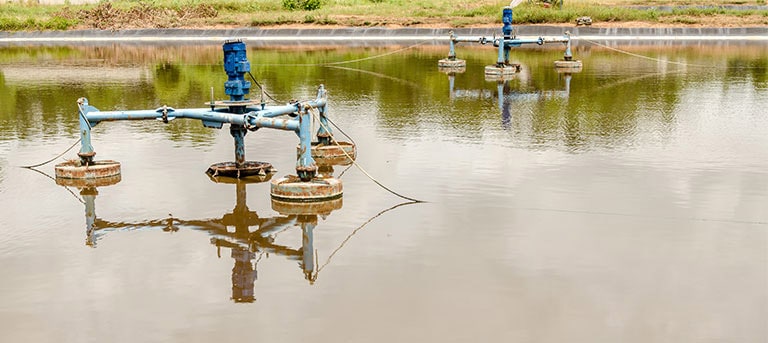
Optimizing WAS Holding Systems
Before we walk through how to help your customers optimize their WAS holding systems, it’s important to understand how they work. How does a WAS Holding System work? Waste Activated Sludge (WAS) holding systems are a common part of operations in wastewater treatment plants (WWTPs). A WAS holding system, typically in the form of a sludge tank or lagoon, holds sludge after it has been wasted or removed from a clarifier. WAS systems may have aeration and mixing to help digest more sludge before hauling. Some systems will only hold sludge until it’s hauled away (liquid disposal), while others will concentrate the sludge by periodically allowing the sludge to settle and remove water from the top (decanting). After the sludge leaves the WAS holding system, it’s dewatered through a sludge press and disposed of or hauled as liquid. Getting to the Bottom of It If you ask an operator if they have any pains or issues, they may say, “I don’t”. However, they may not know if they do if their system has consistently under-performed and it’s always been that way. Typically, until they see a 20-50% reduction in sludge hauling along with reduced odor and labor costs, they may continue to think […]
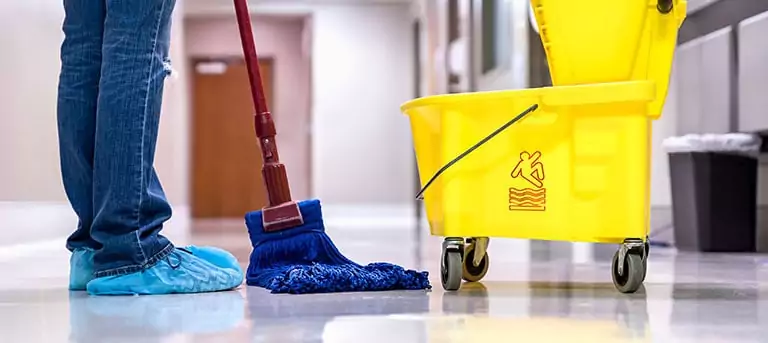
What’s Inside a Bio-Enzymatic Cleaner?
With environmentally friendly cleaners continuing to trend, more and more chemical manufacturers want to know – what’s inside a bio-enzymatic cleaner? In this article, we’ll walk through some of the common building blocks within formulations. Not all ingredients are essential for every product as it depends upon the application, but by understanding each element, you’ll know what you may want to request when discussing products with a manufacturing partner like us. Microorganisms A foundational ingredient to many bio-enzymatic cleaners are live microorganisms. At MDG, we manufacture a type of rod-shaped bacteria called Bacillus that can be used in janitorial and sanitation cleaning solutions to reduce fats, oils, grease (FOG) and the sources of odor in carpets, hard surfaces, bathroom utilities and other applications. Enzymes Enzymes are proteins that are commonly produced by microorganisms, including Bacillus, that speed up specific chemical reactions to help break down complex materials like fat, oil, grease and even paper products! Adding enzymes to industrial and institutional bio-enzymatic products such as household cleaners and odor removers can accelerate the cleaning process and increase effectiveness. These enzymes act immediately, allowing microorganisms present to metabolize the nutrients efficiently. Surfactants Surfactants are commonly added to cleaners to act as a detergent, wetting agent, […]

Wastewater Treatment Mistakes You’ll Never Make Again
When selling microbial products and programs, you’ll inevitably encounter a customer that says, “I’ve tried something like that before and it didn’t work”. This kind of experience often links back to one of four common mistakes that were made prior to or during treatment. In this guide, we’ll go over these mistakes and how you as a distributor can avoid making them by choosing a microbial solution and partner that gives you the tools you need to make confident and accurate recommendations. PREVENTION: Biotifx® gives you opportunity-specific Application Guides that show you how to apply the product step-by-step. Additionally, Biotifx® gives you a System Survey Tool and Dosing Calculator that make it extremely easy to avoid incorrect application. PREVENTION: With the Biotifx® Survey Form and ROI Calculators, you can calculate an accurate value assessment for each of your customers. The program also comes with Proposal Templates that help you highlight obtainable results with real value to your customers. PREVENTION: Our Biotifix® Qualification Guide and step-by-step System Survey make it easy for you to find the right high-value opportunities for your customers. PREVENTION: Correctly measuring and documenting success is key to customer confidence. Biotifx® comes with […]
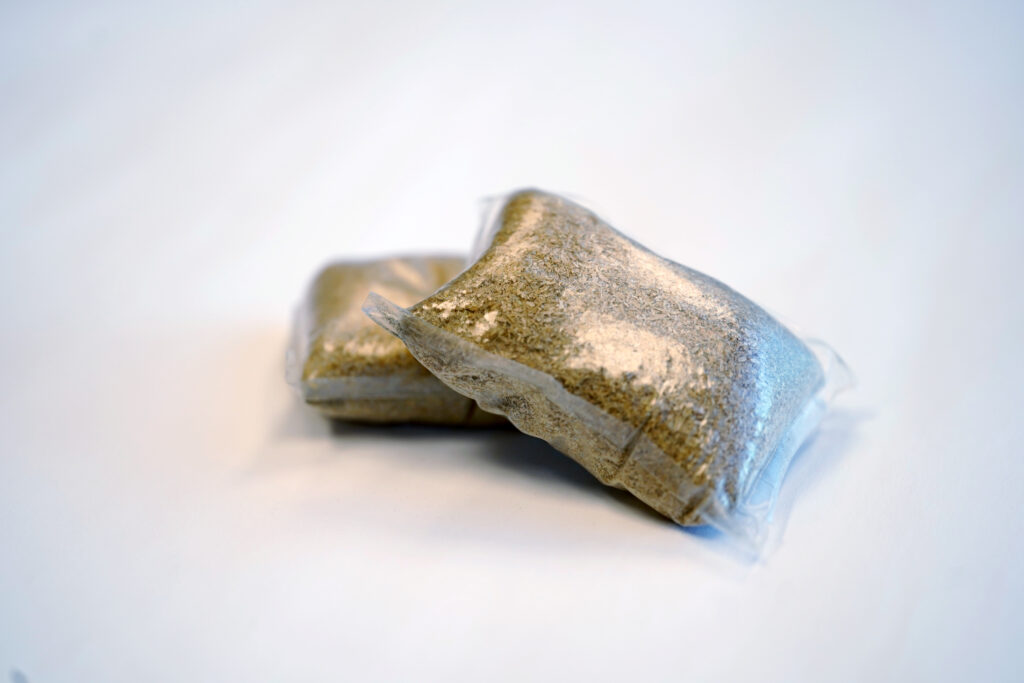
SporActiv® Water-Soluble Film: Makes Treatment Easy and Safe
As more and more people are working remotely, their sewage and septic systems are being put to the test. We’ve written recent articles highlighting the potential for backups and the various items that shouldn’t be making their ways into your septic tank. Good news, we’ve also touched on the strength of biological treatments. MDG manufactures pre-measured and easy-to-use septic tank pouches that work hard well after application to continue fighting potential back-ups. SporActiv® SepticPacs are pre-measured water-soluble packages created specifically for use in septic systems. To dose, it’s as simple as flushing the toilet. When first picking up these packs, you may be curious about the material. In your hands, it may feel similar to plastic, but fear not! The water-soluble packs are made of polyvinyl alcohol (PVA) film. When this film hits the water, it dissolves and the material becomes readily digestible by the SporActiv® microbes in the septic system. You may already be familiar with polyvinyl alcohol film as it has been used for many years to package detergents in “pods”. The same convenience of laundry and dishwasher pods is now available for septic treatment: no measuring, no spills, no fear of incorrect dosing. Every SporActiv® SepticPac delivers roughly 75 billion waste-degrading […]
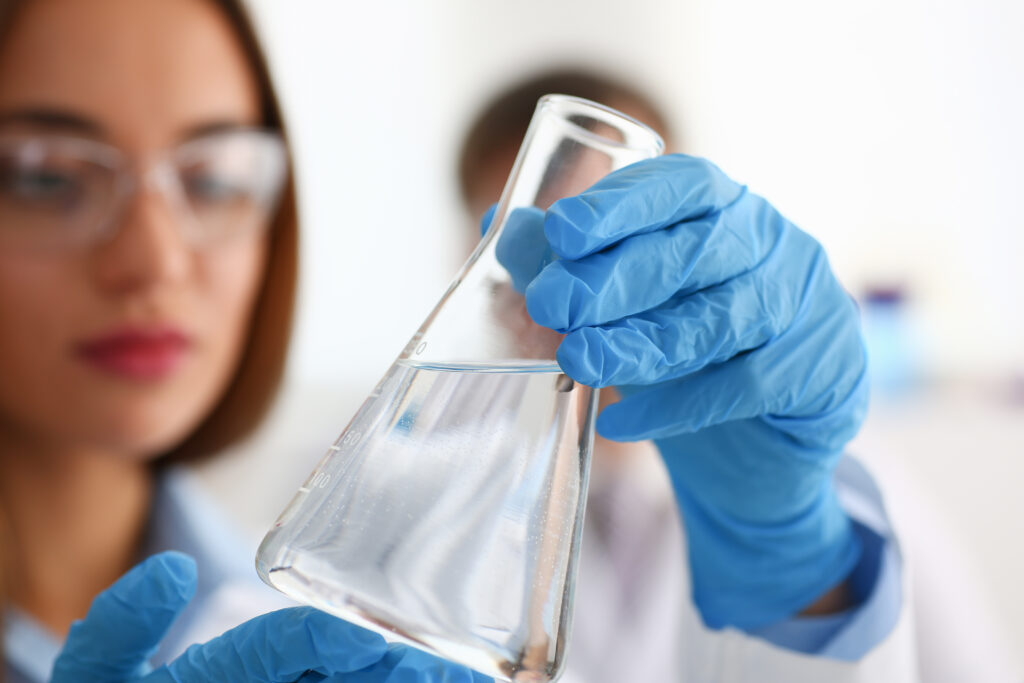
Are you over-preserving?
Many of us know what happens when you mistakenly under-preserve a biological product: the bottles start to bulge or suck-in (the latter can also be caused by fragrance issues), fungal growth starts to appear or it starts to have an unpleasant odor. But do you know what signs to look for if your product is over-preserved? There is usually one noticeable sign of an over-preserved product: the customers who were consistently using your product haven’t placed an order in a while. Understanding Preservatives The preservation system in your biological product is a double-edged sword. If you under-preserve, you get the problems mentioned above. But if you over-preserve, your product won’t work, or it will have a significant delayed reaction. This can lead some of your repeat customers to think that the product no longer works. Over-preservation occurs when too high of a concentration of preservatives is present in a product. The preservatives are meant to be diluted to a predetermined point as indicated by the number in front of the X on the label (i.e. a 10X product would be 1 part product, 9 parts water). Diluting to the proper point allows the product to activate and begin working. If over-preserved, the […]
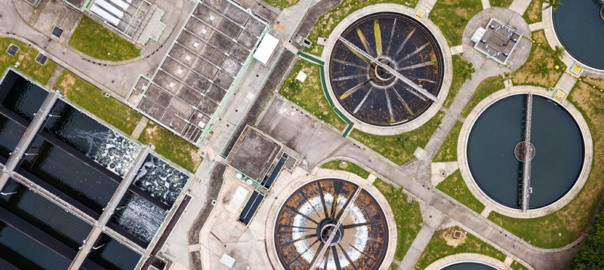
Bacillus Resilience to Oxidizers
For many of us, our day-to-day lives have changed quite a bit since the start of the coronavirus pandemic. We learned how to work from home, physically distance, use Zoom, cook homemade meals and use lots and lots of sanitizers and disinfectants. With the increased usage of these powerful cleaning supplies and washing them down drains, wastewater facilities are challenged with keeping their system’s natural ecology in balance. In our first article of this series, we explored how this is not a new problem. Many wastewater ecosystems face daily attacks on their microflora due to routine industrial activities. The solution for resolving these toxic upsets? For a growing number of facilities, it’s bioaugmentation, a wastewater treatment that augments a system’s natural ecology to help combat disruptions from harsh chemicals. Four Reasons Why Bacillus are So Effective The primary ingredient in bioaugmentation products is a type of bacteria from the genus Bacillus. It’s very effective at restoring wastewater back to its original state after being contaminated with oxidizers like bleach, hydrogen peroxide and peracetic acid because of four main characteristics: Bacillus produce hardy spores. Like seeds of a plant, Bacillus spores are tough. They can survive in low to moderate levels of oxidizers and will endure if some of […]

Processing Probiotic Cultures
At MDG, we make Bacillus cultures and products for a range of industries, including food. When it comes to serving our customers in this industry, specifically those manufacturing probiotics for human gut health, they often ask how we keep their cultures separate from those in the other markets that we serve. To keep food ingredients safe from cross-contamination, we leverage a dedicated room and equipment for food ingredients and process one strain at a time. We also follow strict manufacturing practices mandated for the food manufacturing industry, including having all equipment cleaned and logged after each use. How we process probiotic food ingredients Powder processing starts in the food room at our facility in Oak Creek, WI. The food culture is milled in this room and then added to a dedicated stainless-steel intermediate bulk container (IBC) which we refer to as “R2D2”. Once R2D2 is filled, a special lid is fastened to the top that has dividers acting like paddles to help mix the culture effectively. The IBC is then wheeled over and connected to the blending machine which lifts and rotates the bin, thoroughly blending the culture within the IBC. It’s important to have a blended or homogenized culture as this will […]

A Closer Look at X
X marks the spot…of some purchasing confusion. A common misconception when comparing the pricing of three different 10X concentrate products is that the “X” in the product name represents the microbial concentration. The X actually represents the level of preservation – i.e. the level of dilution required to make a 1X product. To ensure you choose the optimal product for your business and compare “apples to apples”, read on to learn more about the meaning of X as well as the other variables to consider when comparing options. X is for Preservation The X-value on a product label indicates the level of preservation of a product. There are other ingredients that are considered when determining the X-value such as microbes (as indicated by CFU/ml), surfactants and fragrance, but the preservative concentration is the main factor. It’s imperative to know the preservation level because it illustrates the proper dilution rate to make a 1X shelf stable product – also referred to as a Ready-to-Use (RTU) product. For example, a 10X product needs to be diluted 1-part product to 9-parts water while a 37X product requires 1-part product to 36 parts water. Proper dilution allows the 1X or RTU product to have […]
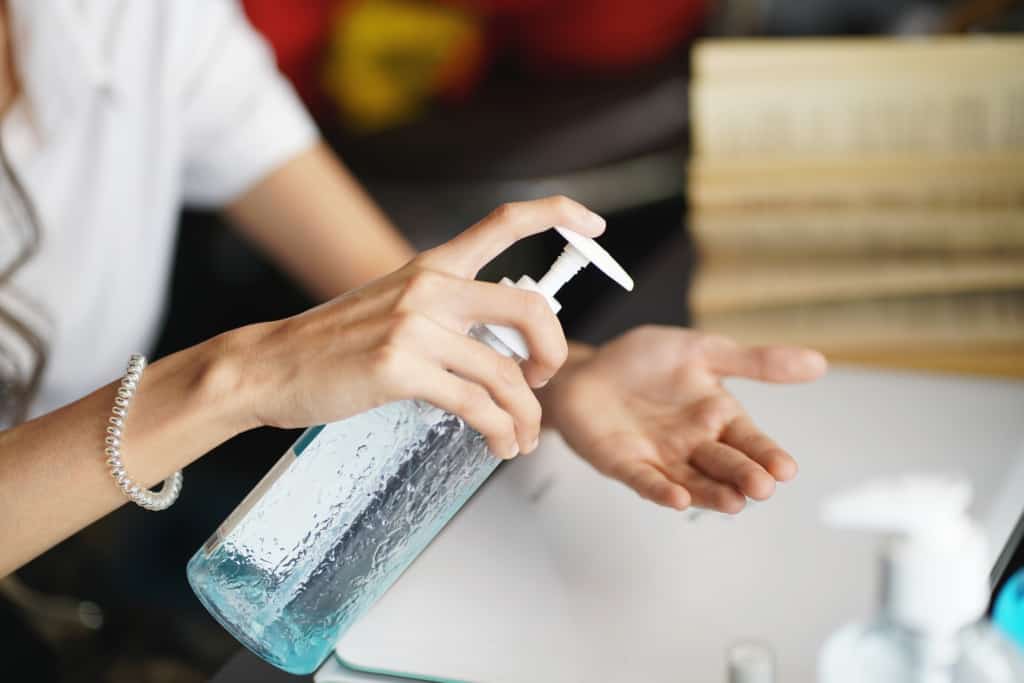
Pandemic Recovery and Beyond
If you’ve tried to buy any hand sanitizer lately, you’ll know how difficult it is to find, let alone at a normal price! While the increased usage of sanitizers and disinfectants may be helping to protect us against the spread of germs, it has had a negative effect on the microflora balance in wastewater treatment lagoons. It’s also inspired some companies to market their bioaugmentation products as new solutions to this problem when the early users of bioaugmentation have been overcoming chemical upsets in wastewater and bioremediation for over 50 years. Wastewater facilities face daily attacks on their microflora balance, not just from the increased usage of personal sanitizers, but also from routine activities like: Chemical sanitizers/disinfectants being washed down drains from processing facilities Changes in organic loading due to temporary shutdowns or product changeovers Acceptance of large loads of septic waste High levels of rainfall Even lesser known is the fact that a facility recovering from an imbalance or “toxic upset” is more susceptible to additional upsets due to the delicate nature of the wastewater microflora. The use of bioaugmentation products not only resolves toxic upsets, but also makes wastewater systems more resilient. Over the next few weeks, we’ll […]
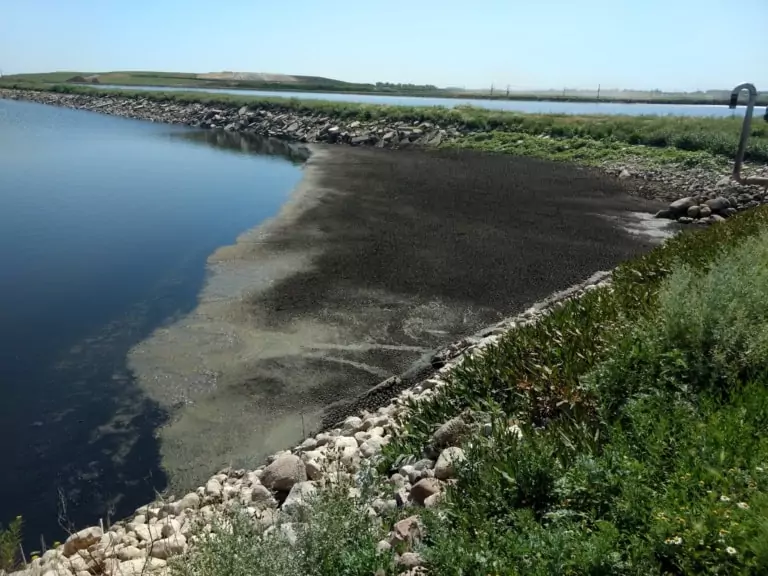
Treating Lagoons with Bioaugmentation
Wastewater Lagoons can be found just about everywhere, in different climates and countries across the globe. They’re used in wastewater treatment for a variety of different industries and while this means there are some differences in application, we’ve found that they often fall victim to many of the same challenges. Here’s how bioaugmentation and our Biotifx® products like Biotifx® 40B work to combat some of these common issues. Bioaugmentation Works on SLUDGE Challenge: Within lagoons, influent solids and biological growth and decay accumulate, forming sludge. This accumulation adds up over time and needs to be physically removed to avoid under performance. This removal process is incredibly expensive. Solution: Biotifx® 40B biologically removes sludge by increasing the digestion of organic sludge content. Bioaugmentation Reduces Fats, Oils, and Grease (FOG) Challenge: Lagoons can easily accumulate extensive amounts of FOG that can be seen floating on the surface. This buildup causes: Limited aeration ability H₂S and odor production Loss of treatment capacity Limited evaporation High removal and disposal costs Solution: Biotifx® 40B combats these challenges by using FOG as a food source, while growing and creating more bacterial workers in the process. Bioaugmentation Combats Hydrogen Sulfide (H₂S) CHALLENGE: Lagoons that have the following create a recipe for the […]